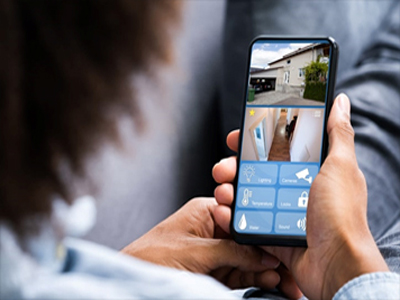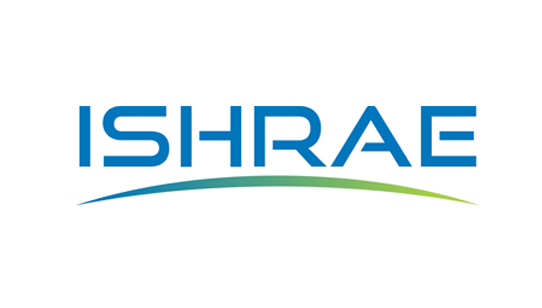Enhanced Call Verification: Reducing Police Response to False Alarms

False alarms have become a significant issue for law enforcement agencies across the United States. Every year, police departments respond to millions of alarm calls, with a substantial percentage of these being false alarms. These unnecessary responses not only strain police resources but also divert attention from genuine emergencies. As a result, many cities and police departments are implementing enhanced call verification (ECV) systems to reduce false alarms and improve the efficiency of emergency response.
The Impact of False Alarms
False alarms create a myriad of problems. They consume valuable time and resources, leading to longer response times for actual emergencies. Additionally, repeated false alarms can desensitize police officers, causing them to be less responsive to legitimate calls. According to the Federal Bureau of Investigation (FBI), approximately 98% of alarm calls are false, significantly affecting police budgets and overall public safety. The financial burden on law enforcement is substantial, with costs associated with manpower, equipment, and fuel. Communities also suffer as the fear of crime may increase when police resources are tied up responding to non-emergency situations.
Understanding Enhanced Call Verification
Enhanced Call Verification is a system that requires alarm monitoring companies to verify an alarm signal before dispatching police. This verification process can include contacting the alarm owner directly or checking video footage if available. The goal is to confirm that there is an actual emergency before law enforcement is involved.
ECV can take several forms:
1. Two-Call Verification: The monitoring company attempts to call the alarm owner twice before contacting the police. If there is no response or if the owner confirms a false alarm, no police dispatch is made.
2. Video Verification: In cases where alarm systems are equipped with video surveillance, monitoring centers can review footage to determine whether there is a legitimate threat.
3. Third-Party Verification: In some instances, monitoring companies may employ a third-party verification service to assess the situation before involving law enforcement.
These methods ensure that police are only dispatched for confirmed emergencies, reducing unnecessary responses and allowing officers to focus on actual threats to public safety.
Implementation and Effectiveness
The implementation of ECV has been met with both enthusiasm and skepticism. Many police departments have successfully integrated ECV into their response protocols, leading to a significant reduction in false alarms. For instance, the Los Angeles Police Department reported a decrease of nearly 50% in false alarm responses after adopting an ECV policy. This not only freed up police resources but also allowed for more efficient deployment of officers to areas experiencing genuine crime.
Despite the successes, challenges remain. Some alarm companies resist adopting ECV due to concerns about losing business or encountering pushback from clients unhappy with the increased verification steps. Additionally, there may be a learning curve for both consumers and alarm companies in adjusting to new protocols. Education and outreach are critical to ensure that communities understand the benefits of ECV and its role in enhancing public safety.
Addressing Concerns and Building Trust
To successfully implement ECV, police departments must address concerns from the community and alarm companies. Transparency is key; law enforcement agencies should provide clear communication about the reasons for implementing ECV and the expected outcomes. Additionally, departments should collaborate with alarm companies to establish best practices and guidelines that support the verification process.
Building trust within the community is also essential. Police departments can host informational sessions to educate residents about how ECV works and how it can enhance their safety. By engaging with the public, law enforcement can foster a sense of partnership and cooperation that encourages compliance with ECV protocols.
The Future of Enhanced Call Verification
As technology continues to advance, so will the methods used for enhanced call verification. The integration of artificial intelligence and machine learning can streamline the verification process, making it more efficient and accurate. Future ECV systems may include sophisticated algorithms that analyze alarm data in real time, allowing for immediate assessment and response recommendations.
In conclusion, enhanced call verification presents a proactive solution to the ongoing issue of false alarms. By prioritizing verification before dispatching police, communities can ensure that law enforcement resources are allocated effectively, ultimately improving public safety. As more departments embrace this strategy, the potential for reducing false alarms and enhancing emergency response will continue to grow, leading to safer communities for all.
Highlight:
• False alarms consume police resources, diverting attention from real emergencies.
• Enhanced Call Verification (ECV) reduces unnecessary police responses.
• Implementation has led to significant reductions in false alarm rates in cities like Los Angeles.
• Community education and collaboration with alarm companies are essential for successful ECV implementation.
• Future advancements in technology may further improve ECV efficiency and accuracy.
By addressing the challenge of false alarms through ECV, law enforcement agencies can enhance their service delivery while maintaining community trust and safety.
(This "Security Blogs" Published in Decemeber 2024 Edition)





.png)







